Selecting the appropriate collar for your dog’s training is a crucial decision that can significantly impact their learning experience. With many options available, choosing a collar that aligns with your training goals, your dog’s comfort, and their specific needs is essential.
In this guide, we’ll explore different types of collars commonly used for dog training, helping you make an informed choice that sets the stage for successful training sessions.
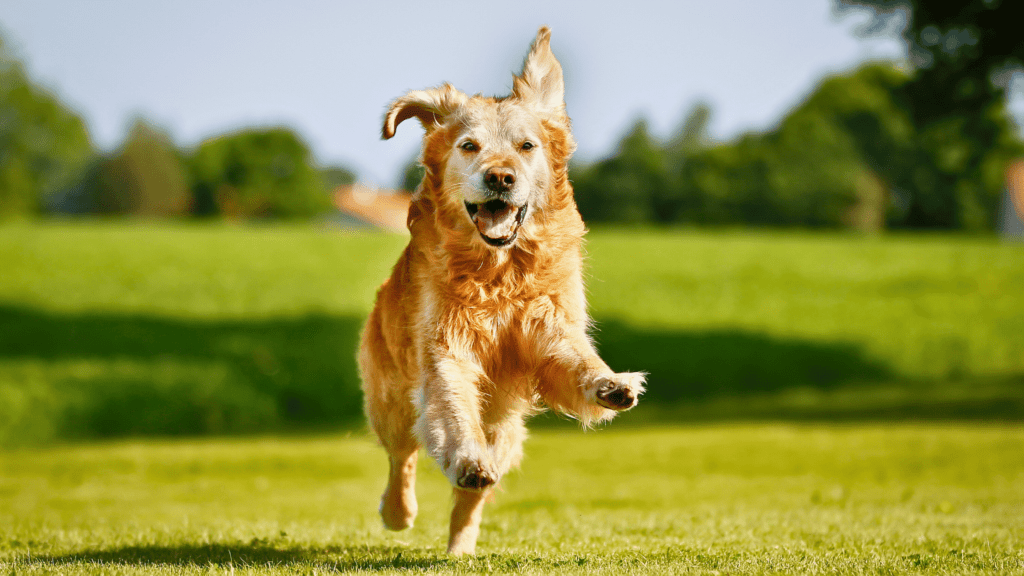
1. Flat Collars- The Everyday Choice
Flat collars are the go-to option for daily wear and basic obedience training. Made from various materials like nylon or leather, they are lightweight and comfortable for your dog.
However, they may not be the best choice for dogs that tend to pull on the leash, as they don’t offer much control and may put pressure on the neck if tension is applied.
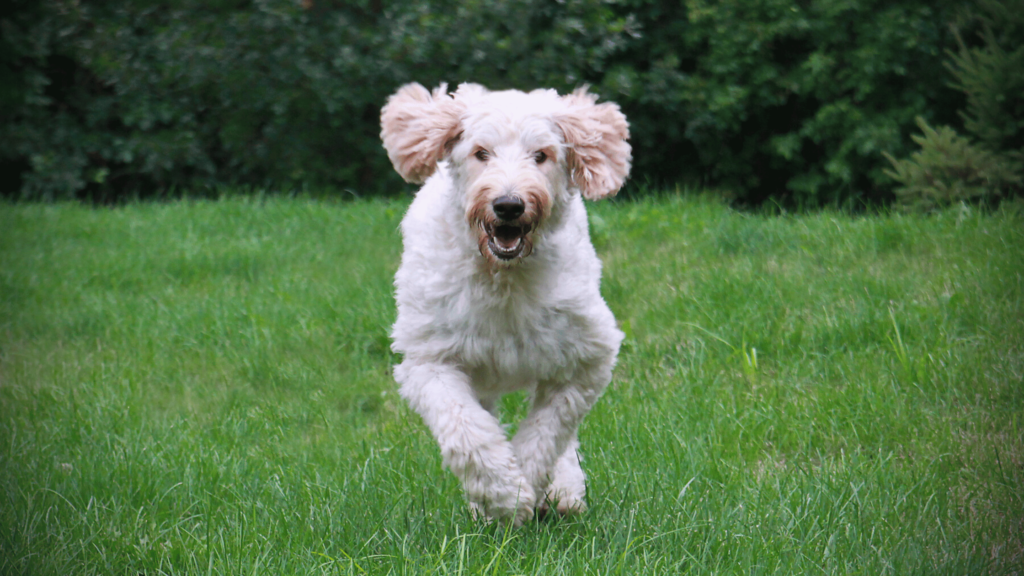
2. Martingale Collars- Balancing Control and Comfort
Martingale collars are designed to provide more control without causing excessive pressure on the neck. They consist of a larger loop that tightens slightly when your dog pulls, preventing them from slipping out of the collar.
Martingale collars benefit dogs with narrower heads, like Greyhounds or Whippets. They offer a good compromise between control and comfort during training sessions.

3. Prong Collars- A Controversial Choice
Prong collars, also known as pinch collars, are a controversial option often used in training for strong pullers dogs. These collars have metal prongs that apply pressure to the dog’s neck when they pull, mimicking the natural correction a mother dog might use.
While some trainers find them effective when used correctly, they require proper training and should only be used under the guidance of a professional.
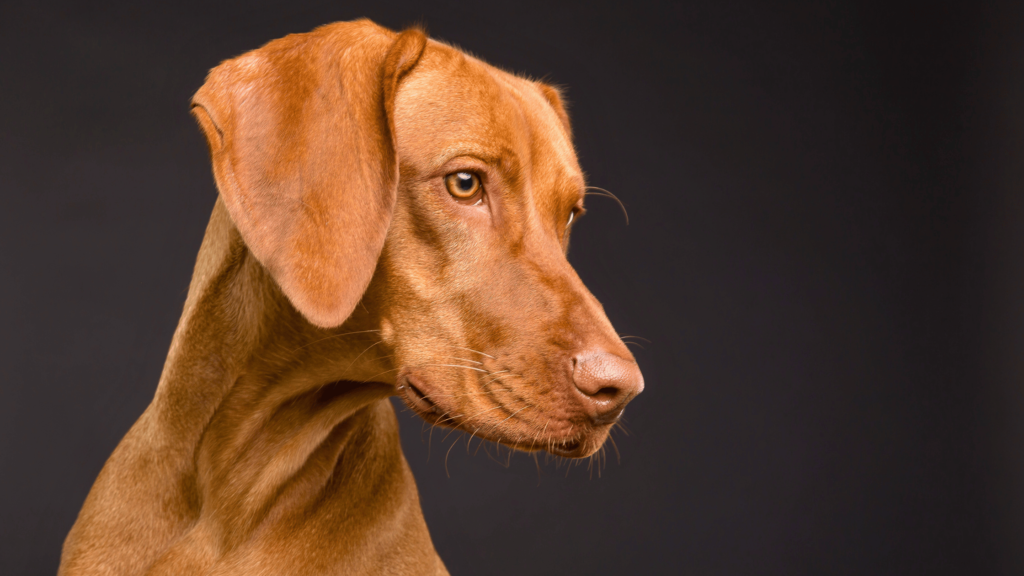
4. Head Halters- Steering in the Right Direction
Head halters, such as the Gentle Leader or Halti, work by fitting around the dog’s muzzle, giving you control over their head movements. When the dog pulls, the halter redirects their attention and prevents them from moving forward.
Head halters are great for managing dogs that pull on the leash and can effectively teach loose-leash walking. However, some dogs may initially resist wearing them, so gradual introduction and positive reinforcement are essential.
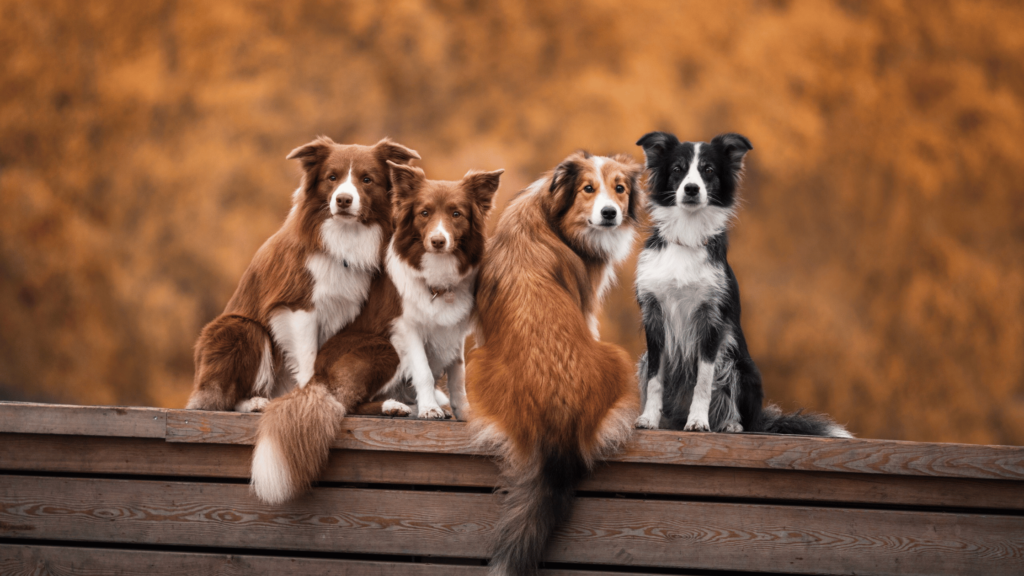
5. Harnesses- Distributing Pressure
Harnesses are a popular choice for dogs that tend to pull or have respiratory issues. They distribute pressure more evenly across the dog’s chest and shoulders, reducing the strain on the neck.
Front-clip harnesses are especially useful for training, as they discourage pulling by redirecting the dog’s forward motion. Back-clip harnesses may not be ideal for training, as they can actually encourage pulling.
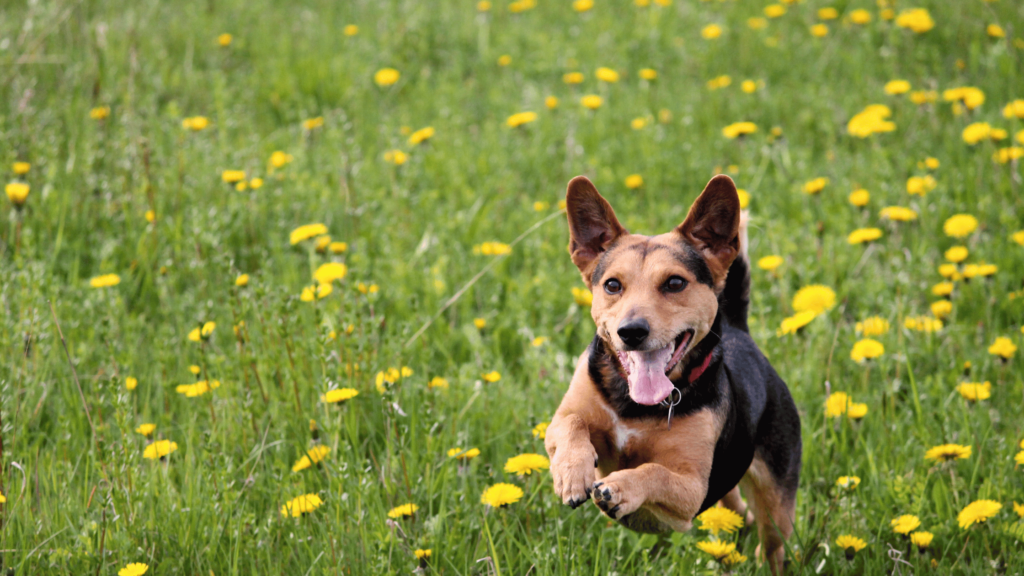
6. Electronic Collars- Advanced Training Tool
Electronic collars, also known as e-collars or shock collars, use electronic stimulation to deliver a mild shock or vibration as a correction. These collars are often used for advanced training purposes, such as off-leash obedience.
However, they require proper training and should only be used under the guidance of experienced trainers. Many trainers prefer positive reinforcement methods and consider e-collars a last resort.
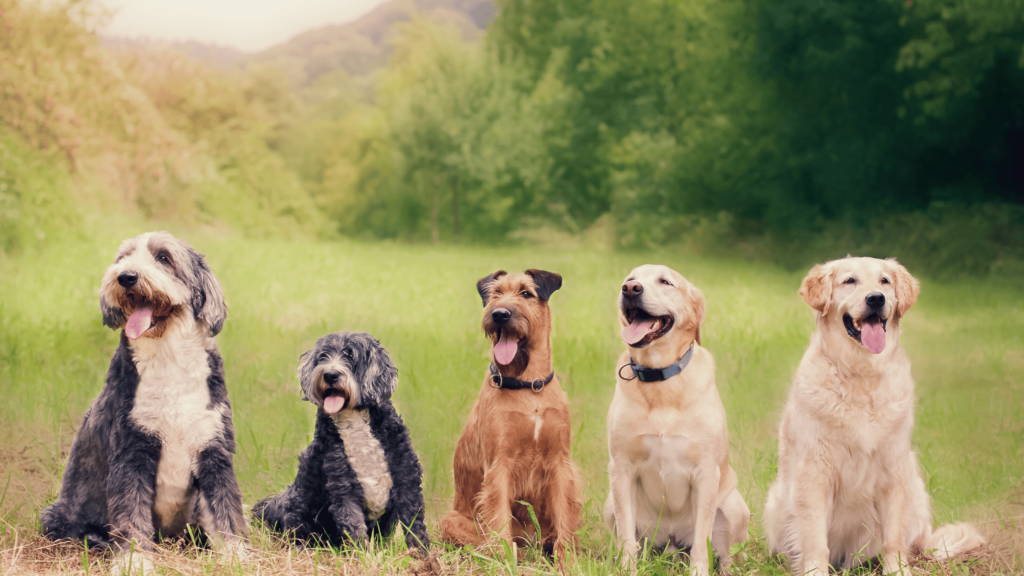
Final Thought- Recommendation
The best collar for dog training depends on your dog’s temperament, training goals, and comfort. Consider your dog’s specific needs and consult with a professional trainer if you need clarification. Keep in mind that regardless of the collar type you choose, positive reinforcement, consistency, and patience are essential components of successful training.
The collar you select should enhance your training efforts while prioritizing your dog’s well-being and fostering a positive training experience.Choosing the best collar type depends on your dog’s temperament, training goals, and comfort. Starting with a well-fitted flat or martingale collar is a good choice for most dogs. If pulling is a concern, consider a front-clip harness.
